Medication Safety Checker
Check potential interactions between your medications and identify safety risks based on your health profile.
Enter your medications and health information to see safety recommendations.
When a medicine moves from prescription-only to over-the-counter (OTC), it sounds like good news: easier access, lower cost, no doctor visit needed. But OTC switches aren’t just a convenience-they come with real, often overlooked risks. Millions of people now take medications like ibuprofen, loratadine, or omeprazole without ever seeing a doctor. That freedom comes with responsibility. And too often, people don’t realize they’re holding a drug that can harm them if used wrong.
Why Do Medications Switch from Prescription to OTC?
The FDA doesn’t let just any pill become available on a shelf. A switch happens only after years of data prove the drug is safe for self-use. The key questions: Can people correctly diagnose their own condition? Can they follow the label without a doctor’s help? Is the margin of safety wide enough that even if someone takes a little too much, it won’t cause serious harm? Ibuprofen was one of the first big switches. In 1984, after being a prescription drug for nearly a decade, it became available in pharmacies. The price dropped from $30-$40 a month to $5-$10. That’s a win for consumers. But the same drug that helps with headaches can also cause stomach bleeding or kidney damage-especially in older adults or people with high blood pressure. The switch didn’t change the drug. It changed who was using it-and how carefully they were watching for side effects.The Hidden Dangers of Self-Medication
The biggest problem with OTC drugs? People don’t treat them like drugs. They think, “It’s just a pill from the shelf-it can’t hurt.” But acetaminophen (Tylenol) is the leading cause of acute liver failure in the U.S. Why? Because people take it for a headache, then take a cold medicine that also has acetaminophen, then take another pain reliever. They don’t realize they’ve hit 4,000 mg in one day-the maximum safe dose. One extra pill can push them over the edge. Decongestants like pseudoephedrine are another silent risk. If you’re on blood pressure medication, taking a nasal spray or cold tablet with this ingredient can spike your blood pressure dangerously high. It’s not rare. Pharmacists report seeing it all the time. One Reddit user, a nurse, shared multiple cases of elderly patients ending up in the ER after starting OTC decongestants while already on heart meds. No one warned them. NSAIDs like naproxen and aspirin are linked to stomach ulcers, kidney failure, and even heart attacks in long-term users. These aren’t side effects you notice right away. They creep up. And without a doctor checking in, people keep taking them-sometimes for months-thinking it’s just a normal part of aging or chronic pain.Who’s Most at Risk?
Not everyone is equally safe using OTC drugs. The American Geriatrics Society lists 30 OTC medications that are risky for people over 65. Diphenhydramine (Benadryl), commonly used for sleep or allergies, can cause confusion, dizziness, and falls in older adults. NSAIDs double or even quadruple the risk of internal bleeding in this group. People with chronic conditions are also vulnerable. If you have diabetes, kidney disease, liver problems, or heart failure, many common OTC drugs can make things worse. For example, antihistamines can raise blood sugar. Decongestants can interfere with insulin. Even antacids can affect how other medications are absorbed. And then there’s polypharmacy-the use of three or more medications. One in four adults over 65 takes five or more prescription drugs. Add OTC painkillers, sleep aids, and stomach meds on top of that, and the chance of dangerous interactions skyrockets. Yet, only 32% of people consistently read the full Drug Facts label, according to the FDA.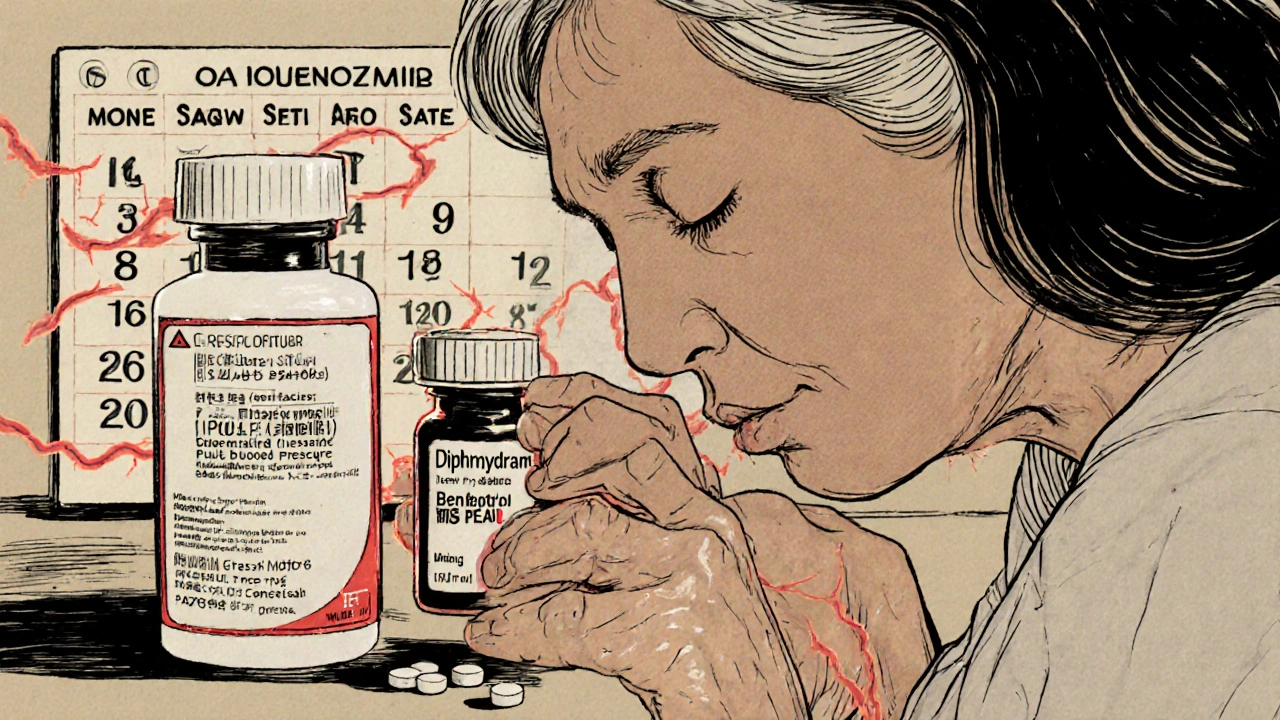
How to Use OTC Medicines Safely
You don’t need to avoid OTC drugs. You just need to treat them like the powerful chemicals they are. Here’s how:- Check the Drug Facts label every time. Don’t just grab the bottle. Look at the active ingredients. If you’re taking more than one product, make sure they don’t contain the same ingredient. Acetaminophen, ibuprofen, and diphenhydramine are the most common culprits for accidental overdose.
- Read the warnings. If it says “Do not use if you have high blood pressure,” and you do-don’t use it. That’s not a suggestion. It’s a safety rule.
- Ask your pharmacist. They’re not just there to hand you the box. They can tell you if your OTC choice conflicts with your prescription meds. A 2022 survey found 68% of people consult pharmacists before buying OTC drugs. But only a fraction ask about interactions. Don’t be shy. Bring your list of all medications-prescription, OTC, supplements.
- Know your limits. If you’ve been taking an OTC pain reliever for more than 10 days, stop. See a doctor. That headache, stomach ache, or joint pain might be a sign of something deeper.
What’s Changing to Make OTC Safer?
The FDA is trying to fix the problem. In 2022, they updated the Drug Facts label to use bigger fonts, simpler language, and clearer headings. No more tiny print hiding the warnings. They’re also pushing for QR codes on packaging that link to updated safety info and drug interaction checkers. Walmart started testing this in 2023 on 15% of their store-brand OTC products. Some drugs are going “behind the counter.” Pseudoephedrine is already like this-you need to show ID and ask the pharmacist. It’s not prescription, but it’s not just grab-and-go either. More drugs may follow. There’s even talk of AI tools that could scan your medication list and warn you if an OTC choice is risky for you. But that won’t help if you don’t tell your pharmacist about the herbal supplement you’re taking or skip the label because “it’s just a cold pill.”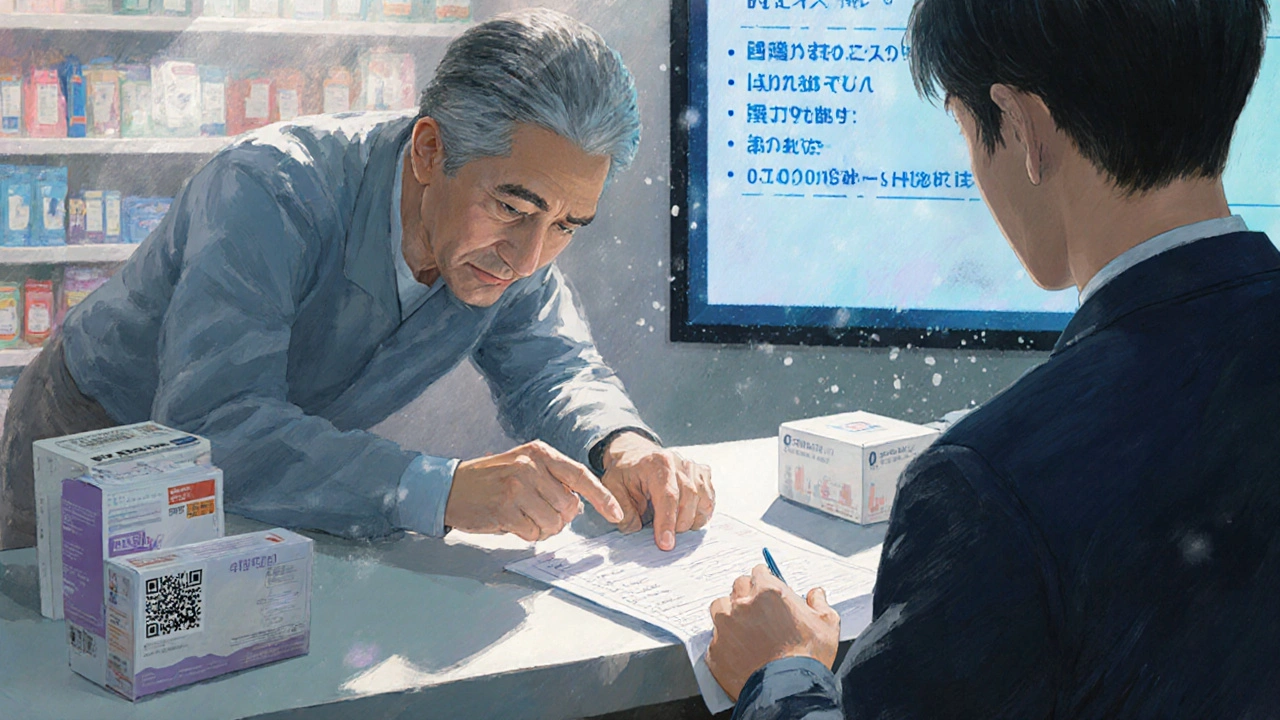
What You Should Do Today
Take a minute right now. Look at your medicine cabinet. Pull out every OTC bottle. Check the active ingredients. Are you taking two things with acetaminophen? Are you using an antihistamine for sleep while also on a blood pressure pill? Did you know that OTC cough syrups can interact with antidepressants? If you’re over 65, or you have a chronic condition, talk to your doctor or pharmacist about every OTC product you use-even if you’ve been taking it for years. Just because it’s on the shelf doesn’t mean it’s safe for you. And if you’re feeling better after taking an OTC drug? That’s great. But if your symptoms stick around, get checked. OTC meds mask symptoms-they don’t fix causes. That cough might be asthma. That stomach pain could be an ulcer. That headache might be high blood pressure. And if you don’t know the real cause, you’re just treating the symptom while the problem grows.Final Thought: OTC Doesn’t Mean Risk-Free
OTC switches were meant to give people more control over their health. And for many, they have. But control requires knowledge. And knowledge means reading labels, asking questions, and understanding that even the simplest pill can carry serious risks. The next time you reach for that bottle, pause. Ask yourself: Do I really know what’s in this? Am I using it safely? Could this interact with something else I’m taking? If you can’t answer those questions, don’t take it. Talk to someone who can.Are OTC drugs safer than prescription drugs?
No, OTC drugs aren’t inherently safer-they’re just approved for use without a doctor’s supervision. Many OTC medications, like NSAIDs and acetaminophen, carry serious risks including liver damage, kidney failure, and internal bleeding. The difference isn’t safety-it’s access. Prescription drugs have a doctor monitoring for side effects. OTC drugs rely on you to read the label and know your own health history.
Can I take OTC painkillers with my blood pressure medication?
It depends. NSAIDs like ibuprofen and naproxen can raise blood pressure and reduce the effectiveness of many blood pressure drugs. Acetaminophen is usually safer for people with high blood pressure, but it’s not risk-free, especially if you have liver disease. Always check with your pharmacist before combining any OTC pain reliever with prescription meds.
Why do OTC labels say “Do not use if you have high blood pressure”?
Many OTC cold and allergy medicines contain decongestants like pseudoephedrine or phenylephrine. These narrow blood vessels to reduce nasal swelling-but they also raise blood pressure and heart rate. For someone with uncontrolled hypertension, this can trigger a stroke or heart attack. The warning isn’t just a formality-it’s a life-saving instruction.
Is it safe to use OTC sleep aids long-term?
No. Most OTC sleep aids contain diphenhydramine or doxylamine-antihistamines that cause drowsiness. Long-term use can lead to memory problems, confusion, falls, and even increased dementia risk in older adults. They’re meant for occasional use, not nightly. If you need sleep help regularly, talk to your doctor. There may be a safer, underlying cause.
How do I know if I’m taking too much acetaminophen?
Check every medication you take-prescription and OTC. Acetaminophen is in hundreds of products, including cold remedies, pain relievers, and sleep aids. The maximum safe daily dose is 4,000 mg. But many people unknowingly take 5,000-6,000 mg by combining Tylenol with a cold medicine that also contains it. Always read the “Active Ingredients” section on the Drug Facts label. If you’re unsure, ask your pharmacist to review your meds.

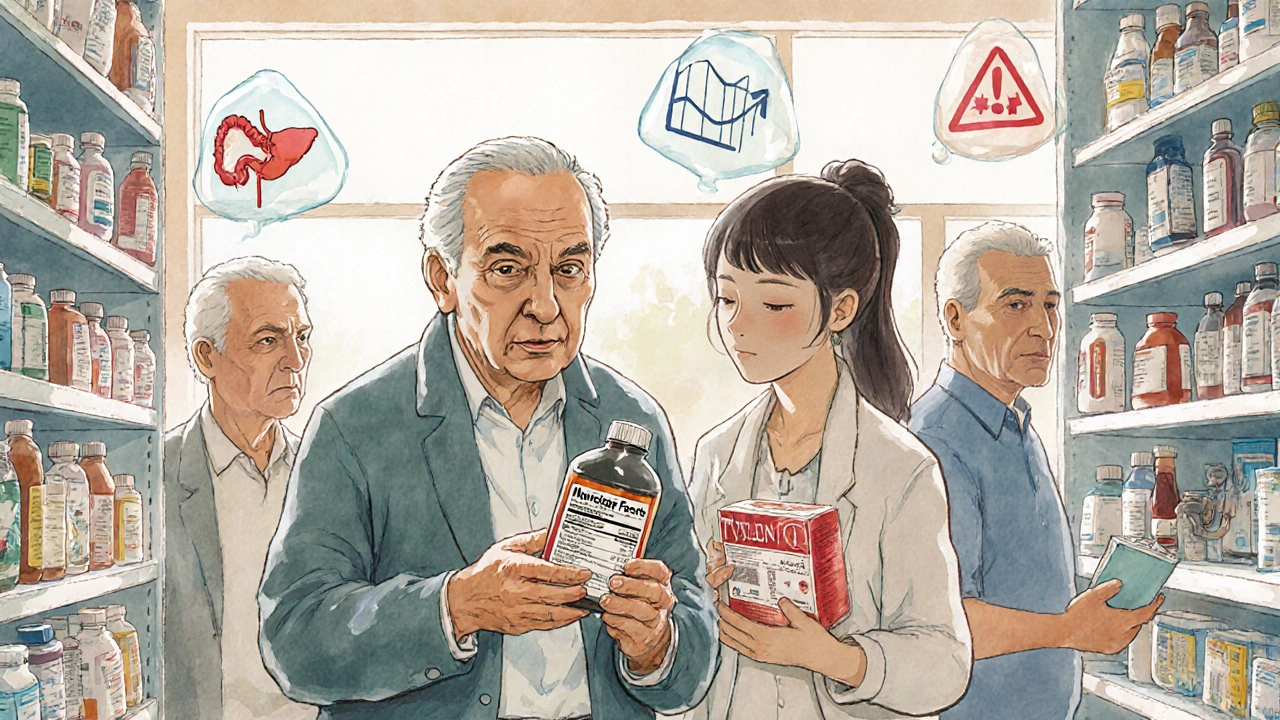
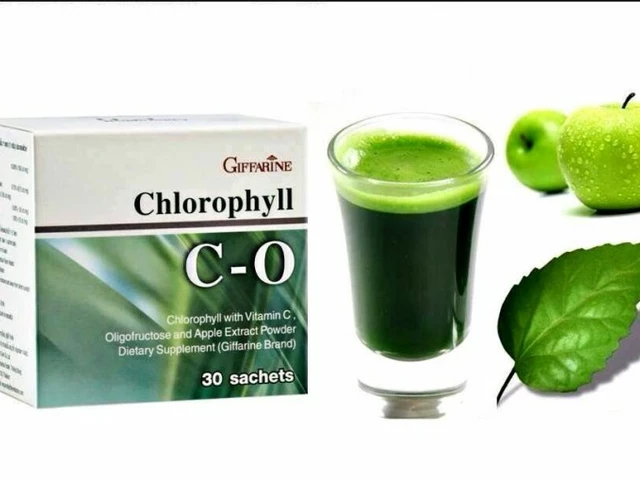

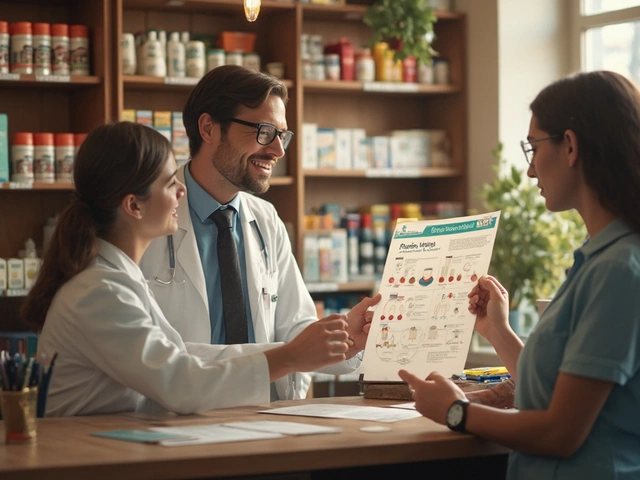
Malia Blom
November 7, 2025 AT 01:27So let me get this straight-we’re glorifying self-medication because it’s ‘convenient’? 🤔 Meanwhile, ERs are full of people who thought ‘just one more’ Tylenol wouldn’t kill them. The real issue isn’t the switch-it’s that we’ve turned medicine into candy. No one teaches you how to read a Drug Facts label in school. We just hand out pills like party favors and call it progress. It’s not empowerment. It’s negligence dressed up as freedom.
Erika Puhan
November 8, 2025 AT 07:18From a global pharmacoeconomic perspective, OTC switches represent a classic case of regulatory arbitrage-transferring clinical risk from the provider to the consumer under the guise of market liberalization. The FDA’s burden of proof is statistically inadequate when it comes to polypharmacy interactions in real-world populations, particularly among aging cohorts with multimorbidity. The data simply doesn’t account for the latent toxicity of cumulative exposure across OTC-analgesic-antihistamine-decongestant matrices. We’re not talking about ‘a little extra pill’-we’re talking about pharmacokinetic convergence with subclinical organ damage.
Edward Weaver
November 9, 2025 AT 09:48Y’all act like this is some new crisis. In America, we’ve had OTC meds for decades. If you can’t read a label, that’s your fault-not the system’s. I’ve been taking ibuprofen since I was 16 and I’ve never had a problem. Stop coddling people. If you’re old enough to vote, you’re old enough to not overdose on cold medicine. The real problem? Too many people think they’re too smart to read instructions. That’s not a drug issue-it’s a dumbness epidemic.
Lexi Brinkley
November 9, 2025 AT 17:36OMG YES!! 🙌 I took that Advil Cold & Sinus last week and didn’t realize it had acetaminophen too-my mom freaked out when she saw my Tylenol bottle next to it 😳 Thank you for posting this!! I just checked my cabinet and found THREE things with the same active ingredient… yikes. #DrugFactsLabel #SelfCareButSmart 💊❤️
Kelsey Veg
November 10, 2025 AT 10:54ok but like… why is everyone so scared of pills? i mean, its just medicine right? i take benadryl every night to sleep and my grandpa takes naproxen for his back and they both still alive. maybe people just need to chill? also i think the fda should just make labels bigger and not make us squint 😴
Alex Harrison
November 11, 2025 AT 00:36I’ve been a pharmacist for 18 years and I can tell you the biggest issue isn’t the drugs-it’s the lack of communication. People don’t tell us what they’re taking. They think ‘it’s just a supplement’ or ‘it’s just a cough drop.’ I had a guy come in last week on three blood pressure meds, taking melatonin, ibuprofen, and a ‘natural sleep aid’ that had diphenhydramine hidden in the ingredients. He didn’t even know it was the same as Benadryl. We need better education-not more restrictions.
Jay Wallace
November 12, 2025 AT 21:10Let’s be brutally honest: the American public has been dumbed down by corporate marketing and social media influencers who treat pharmaceuticals like skincare products. The FDA’s ‘updated labels’ are a PR stunt-bigger font doesn’t fix a culture that conflates ‘natural’ with ‘safe’ and ‘OTC’ with ‘harmless.’ Meanwhile, the real villains? Big Pharma, who lobbied for these switches because they make more money when patients bypass doctors. You think this is about consumer freedom? It’s about profit margins. And now we’re paying for it in liver transplants.
Alyssa Fisher
November 13, 2025 AT 07:26There’s something deeply human about this. We want autonomy-we want to fix ourselves without asking for help. But medicine isn’t a DIY project. It’s a dialogue between body and science. When we treat pills like snacks, we’re not just ignoring labels-we’re ignoring our own vulnerability. The real tragedy isn’t the overdose. It’s that we’ve forgotten how to be humble around our own bodies. Maybe the solution isn’t more warnings. Maybe it’s more compassion-for ourselves, and for the people who are just trying to feel better.
Alyssa Salazar
November 13, 2025 AT 09:39As someone who works in clinical pharmacology, I’m floored by how little people understand pharmacokinetics. Acetaminophen’s hepatic metabolism is saturable-once you hit 4g/day, glutathione depletion kicks in and boom: necrosis. It’s not ‘accidental.’ It’s predictable. And yet, we let people buy 500 pills in one transaction without a single warning beyond a tiny font. The system is designed for failure. And now we’re surprised when it fails? Wake up. This isn’t negligence-it’s institutional abandonment.
Beth Banham
November 14, 2025 AT 20:49I just checked my cabinet too. Found two bottles with diphenhydramine. I’ve been using one for allergies and the other for sleep. Didn’t realize they were the same thing. Thanks for the nudge to look closer. I’m going to talk to my pharmacist tomorrow. Small step, but better than ignoring it.
Abigail Chrisma
November 15, 2025 AT 18:05My mom’s from India and she always says, ‘In our village, we used turmeric for everything-and we didn’t need a label.’ But here, we treat pills like magic beans. Maybe the answer isn’t just more warnings, but more cultural awareness. Teach kids in school how to read labels. Make pharmacists part of the primary care team. And for god’s sake, stop letting companies put ‘natural’ on a bottle of antihistamine and call it ‘gentle.’ It’s not gentle. It’s sedating your brain.
Ankit Yadav
November 16, 2025 AT 09:58Just wanted to say thank you for this post. I’m from India and we have the same problem here-people take OTC painkillers for months without knowing why their stomach hurts. I showed my uncle how to check active ingredients and he was shocked he was taking two different pills with the same drug. Small changes matter. Keep sharing this kind of info. It saves lives.